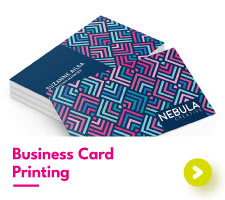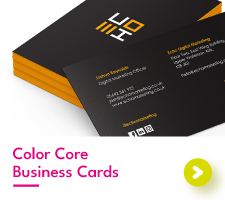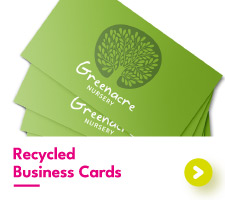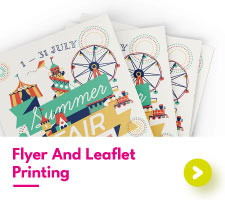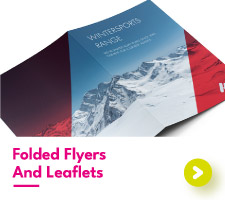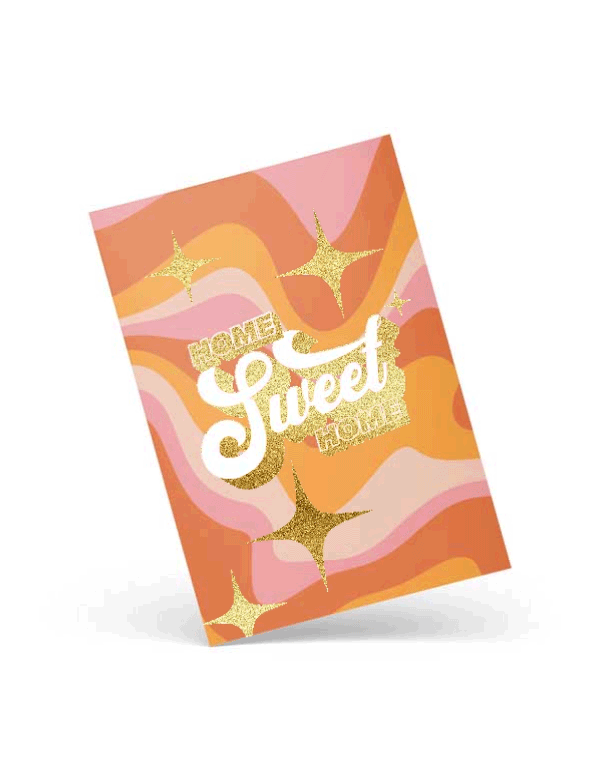Thickness Of Paper In Pt: Everything You Need to Know
If you’ve ever wondered how thick is a piece of paper or what Pt means when referring to paper, you’re not alone. Understanding paper weight is key to achieving the right look and feel for your printed projects, whether you’re designing custom business cards, personalized flyers, or premium invitations.
In the U.S. specifically, Pt (points) is a commonly used measurement for paper thickness. It measures the thickness of a single sheet of paper or cardstock in thousandths of an inch. For instance, 12Pt paper weight is 0.012 inches thick, making it a popular choice for durable items like landscape business cards.
The right paper thickness directly affects how your prints look, feel, and perform, even if you're opting for one of our laminated flyer and leaflet options. Let’s explore the concept of Pt in paper, how it compares to weight in pounds (lb), and how to make the right choice for your next project.
Why Do Papers with the Same Pt Feel Different?
Two paper stocks with the same thickness measured in Pt can feel different because Pt focuses solely on thickness, not weight or material composition. Factors like texture, density, and coatings all influence the feel of your paper, too. For example, recycled or textured paper often feels bulkier than smooth or coated paper of the same Pt value. These distinctions are vital if your project involves specific handling, packaging, or design goals.
Types of Paper and Their Properties
- Coated Paper: Smooth and compact, coated papers like gloss or silk often feel thinner despite their Pt value.
- Uncoated Paper: Bulkier and textured, uncoated paper has more “give”, creating a thicker feel.
- Recycled Paper: Its fibers and air pockets make it feel bulkier than it’s smooth, coated counterparts.
Understanding these nuances ensures that the paper you choose not only meets your thickness requirements but also feels right for its intended purpose.


Pt (Points) is calculated by measuring the depth of a sheet of paper stock.
Pt to Pound Paper Conversion
If you’re wondering about Pt to lb conversion paper, here’s a handy guide:
| PT in thickness (in.) | Basis Weight (lb)* | Common Uses |
| 7.4pt | 80lb Cover Stock | Premium brochures, durable flyers |
| 10pt | 100lb Cover Stock | Postcards, greeting cards |
| 12pt | 120lb Cover Stock | Business cards, bookmarks, packaging |


6Pt
Letterheads and compliment slips


8.8Pt
Flyers and disposable menus


14Pt
Greeting cards, playing cards, business cards


32Pt
Thick business cards and product tags
*Note: Basis weight varies slightly depending on the paper type (e.g., bond, cover, index).
For detailed comparisons, a paper thickness chart can help clarify the relationship between Pt, pound weight, and intended applications.
How Thick is 7.4Pt Paper?
7.4Pt paper measures 0.0074 inches thick and is commonly equivalent to 80lb cover stock. This lightweight-yet-durable option works well for premium booklets and flyers, offering a professional finish without creating excessive bulk.
Why Paper Thickness Matters
Paper thickness plays a pivotal role in your project’s durability, perception, and visual appeal. Let’s break it down:
1. Durability: Thicker paper is more resistant to creasing, folding, and wear, making it perfect for high-touch products like business cards or custom bookmarks. For example, 12Pt paper weight can withstand frequent handling without losing its polished look.
2. Perception: Your audience will judge your brand by the feel of your prints. Thicker, high-quality paper conveys professionalism, while thinner paper can feel less impactful.
3. Appearance: Thicker paper maintains its form better over time and showcases vibrant designs beautifully. It also resists curling or creasing, keeping your materials looking their best for as long as you need them to.
Why Paper Thickness Matters
Looking to find out how thick is a piece of paper or what thickness you should go for? We’ve created an easy-to-follow paper thickness guide to help you choose the right paper for your next printing project. From 7Pt paper thickness to 12Pt paper weight and 32Pt cardstock, let’s have a look at our paper thickness chart to decide which thickness of paper is best for your flyers and business cards.
| GSM Thickness Guide | Can it be laminated? | Can it be folded? | Can it be foiled? | Can it be reprinted? | We think it's best for |
|---|---|---|---|---|---|
| 7PT | No | Yes | No | Yes | Letterheads |
| 12 PT | Yes | Yes (One Fold Only) | No | Yes | Premium Flyers |
| 14-16 PT | Yes | Yes (One Fold Only) | Yes | No | Greeting Cards |
| 18 PT | Yes | Yes (One Fold Only) | Yes | No | Invitations |
| 32 PT | Yes | No | Yes | No | Business Cards |


7Pt and Below Thickness
7Pt is one of the lightest paperweights available to print here at Aura Print. Being so light, these stocks are incredibly thin, making them perfect for letterheads that require home printing. The ability to be reprinted multiple times also makes this weight class our #1 choice for compliment slips.


12Pt Paper Thickness
With the ability to be laminated, 12Pt is your gateway into premium stocks with innovative finishing options. 12Pt stock can be customized however you see fit while remaining lightweight enough to keep your prints from being too bulky proving an awesome choice for premium flyers, certificates and backing cards for enamel pins.


14Pt - 16Pt Paper Thickness
Our most popular card stocks and a true jack of all trades, 14Pt and 16Pt can be utilized across a variety of different print products. Anything from custom greeting cards to branded tags, this paper stock is seen practically everywhere, from custom playing cards to brochures and beyond!


18Pt Paper Thickness
The thickest of our single thick paper types, 18Pt is best for premium business cards and luxury invitations. Dress up your 18Pt printed products with a range of embellishments, from luxury laminates to metallic foils, drill holes, and more, for a truly fantastic finish.


32Pt Paper Thickness
Made by glueing two sheets of your chosen stock together, our double thick stock options are a sight to behold! But the best thing about our double thick stocks? We can paint the edges in a range of colours! Perfect for premium print like business cards, art prints, and wedding invites, if your designs will benefit from bulk, this is the stock range for you.
Is Thinner Paper More Sustainable?
If you’re asking how thick is a piece of paper in terms of environmental impact, thinner options can often be more sustainable. Paper with a lower weight per square meter allows you to use less overall material, which means less wood, energy, and water required in the production process. This can contribute to a lower environmental footprint.
For example, using lighter-weight papers such as 5.8 or 6Pt can be both an economical and environmentally conscious choice. These lighter papers require less wood pulp, which in turn means fewer trees are cut down, and less waste is produced during the manufacturing process. Producing lower Pt paper also typically uses less energy and water compared to heavier paper options.
Opting for a lower thickness of paper not only reduces the overall paper usage but also makes logistics more sustainable. Lighter boxes are easier to transport, meaning they require less fuel for shipping, and files and archives with lighter Pt paper are easier to manage.
However, it’s important to note that while lighter Pt paper stocks may be more sustainable in terms of material use, higher Pt papers tend to be thicker and more durable, which might be a better option for certain projects that require long-lasting, high-quality prints.
Another way to boost sustainability is by choosing carbon-balanced paper, which helps offset carbon emissions by supporting the purchase and protection of forests that would otherwise be cleared, this ensures that the environmental impact of paper production is minimized.
Wrapping it Up: Understanding Pt in Paper
Whether you’re wondering how thick is my paper or searching for a paper thickness chart, understanding Pt and its role in paper selection is essential. From how thick is 7.4Pt paper to making sense of Pt to pound paper conversion, knowing these measurements ensures you choose the best material for your needs.
Whether you’re printing brochures, designing bookmarks, or crafting luxury business cards, the right paper thickness can level-up your project from ordinary to extraordinary.

 UK
UK FR
FR
